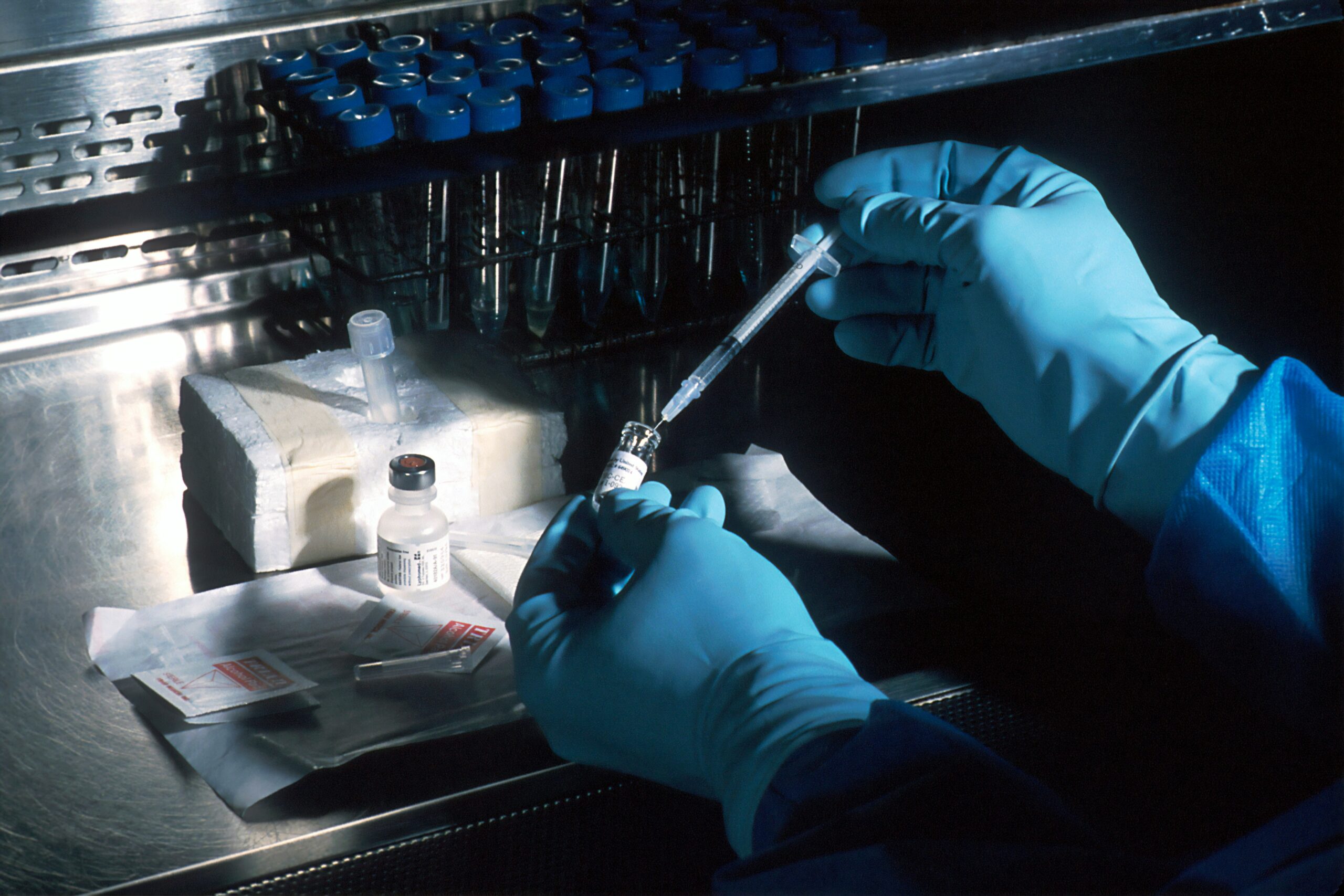Alexandria among firms posting leasing gains during manufacturing boom
By Lou Hirsh
Signs of Recovery in U.S. Biotech Real Estate as Novartis Secures Landmark Lease
The U.S. biotech real estate market, subdued in the post-pandemic era, is showing signs of recovery. Landlords and brokers point to rebounding deals in top life science markets, increased domestic manufacturing investments by drugmakers, and significant lease activity as indicators the sector’s downturn may be easing.
Alexandria Real Estate Equities, the nation’s largest biotech property owner with over 40 million square feet, recently signed its largest single lease in three decades with multinational pharmaceutical giant Novartis. The lease covers the full 466,598-square-foot, build-to-suit research building at Alexandria’s Campus Point complex in San Diego, marking what Executive Chairman Joel Marcus called “a seminal moment” in the company’s history.
Novartis plans $23 billion in U.S. manufacturing and research developments over the next five years, including a $1.1 billion San Diego research complex (opening 2028–2029) and expansions in Florida, Texas, New Jersey, Indiana, and Southern California. These projects are expected to generate 1,000 direct jobs at Novartis and roughly 4,000 additional jobs in supporting firms.
While large players like Novartis are fueling optimism, small- and mid-sized biotech firms remain cautious, leading to ongoing vacancies in major hubs. Biotech vacancy rates remain high: Boston 26.4%, San Francisco 26.3%, San Diego 22.3%, with sublease space pushing rates higher. Analysts note that some recent deals are lateral moves, not net growth, but major tenants can catalyze further regional activity, potentially attracting additional biotech investment.
Industry experts emphasize that with sustained onshoring, regulatory streamlining, and favorable trade policies, the worst of the market downturn may be behind us, though full recovery will take time.


